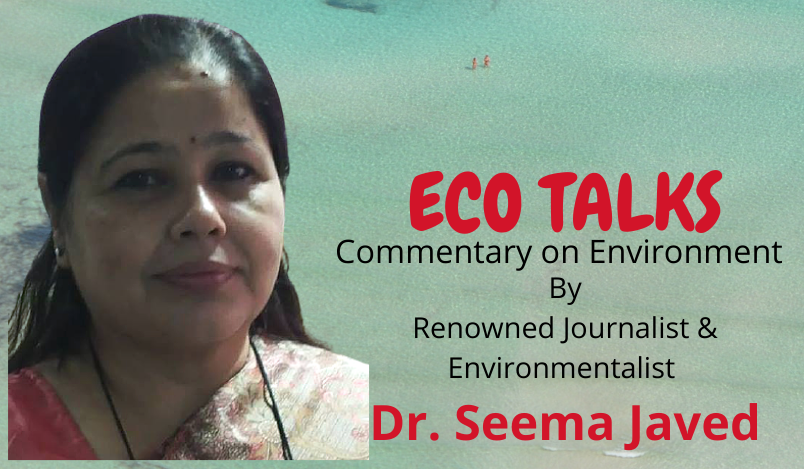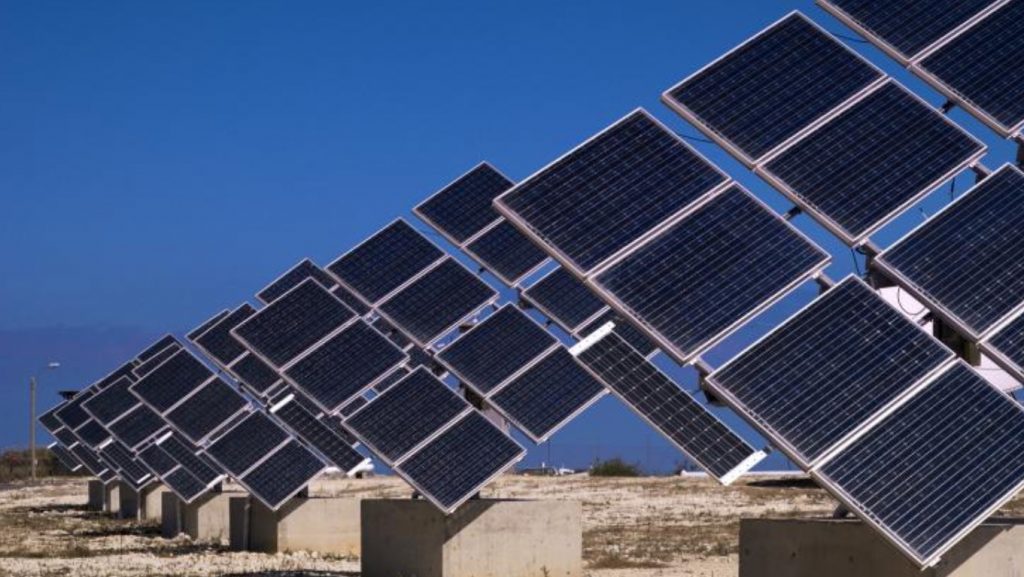 According to a new report by JMK Research and the Institute for Energy Economics and Financial Analysis (IEEFA), India set to miss the 2022 solar target by 27% due to lagging rooftop installations.
According to a new report by JMK Research and the Institute for Energy Economics and Financial Analysis (IEEFA), India set to miss the 2022 solar target by 27% due to lagging rooftop installations.
India is projected to fall well short of its target for 2022 of having 100 gigawatts (GW) of installed solar capacity, largely due to slow uptake of rooftop solar, according to a new report by JMK Research and the Institute for Energy Economics and Financial Analysis (IEEFA).
As of December 2021, India’s cumulative installed solar capacity was 55GW, with grid- connected utility-scale projects contributing 77% and the balance coming from grid- connected rooftop solar (20%) and mini or micro off-grid projects (3%).
With just eight months of 2022 remaining, only about 50% of the 100GW target, consisting of 60GW of utility-scale and 40GW of rooftop solar capacity, has been met. Approximately 19GW of solar capacity is expected to be added in 2022 – 15.8GW from utility-scale and 3.5GW from rooftop solar.
“Even with this capacity addition, about 27% of India’s 100GW solar target would be unmet,” says report co-author Jyoti Gulia, Founder, JMK Research.
The report projects that by December 2022 there will be a 25GW shortfall in the 40GW rooftop solar target, compared to just 1.8GW in the utility-scale solar target. “Utility-scale solar capacity addition is on track. India is set to achieve nearly 97% of its 60GW target,” says Gulia. “This makes it imperative to have a more concerted effort
towards expanding rooftop solar.”
Headwinds ranging from pandemic-induced supply chain disruption to deeply rooted policy restrictions have impeded the growth of India’s rooftop solar (onsite solar power) and open access solar (offsite solar) installations.

“The anticipated 27GW shortfall from the 2022 solar target can be attributed to a string of challenges which are slowing overall progress on renewable energy targets,” says co-author Vibhuti Garg, Energy Economist and Lead India, IEEFA.
On the current trajectory, the report finds India’s solar target of 300GW by 2030 will be off
the mark by about 86GW.
These challenges include: regulatory roadblocks; net metering limits; the twin burdens of basic customs duty (BCD) on imported cells and modules and issues with the Approved List of Models and Manufacturers (ALMM); unsigned power supply agreements (PSAs) and banking restrictions; financing issues plus delays in or rejection of open access approval
grants; and the unpredictability of future open access charges.
“Central and state government policies and regulations must be aligned to support the solar sector overall, and especially the ailing rooftop and open access segments of the market,” says co-author Akhil Thayillam, Senior Research Associate, JMK Research. The report proposes short- and long-term measures to get India back on track to meet solar
targets.
Short-term
- Uniform policies to apply nationally for at least the next five years.
- Consistent regulations for net metering and banking facilities, also to
apply nationally. - Restrictions on the banking of renewable energy revoked at least until rooftop and open
access state targets have been achieved.
Long-term - Stricter enforcement of the renewable purchase obligation (RPO).
- Improved financial health, and potentially privatisation, of distribution companies
(discoms). - Reduced cross-subsidy surcharge (CSS) for commercial and industrial (C&I) consumers.
- A capital subsidy for Battery Energy Storage Systems (BESS).
In rooftop solar, state-level efforts such as Gujarat’s Surya Scheme need to be replicated by
other states in the short-term to help in boosting capacity, says Gulia.
“It is also likely that the government, in the short-term, will push aggressively for expediting
solar capacity addition to achieve the 100GW target by 2022 by re-allocating some of the
unmet rooftop target to utility-scale generation.” Read the report: Rooftop Solar Lagging: Why India Will Miss Its 2022 Solar Target Overall –
The report projects that by December 2022 there will be a 25GW shortfall in the 40GW rooftop solar target, compared to just 1.8GW in the utility-scale solar target.
Utility-scale solar on the other hand is on track. India is set to achieve nearly 97% of its 60GW target
This can be attributed to a range of regulatory challenges.
On the current trajectory, the report finds India’s solar target of 300GW by 2030 will be off the mark by about 86GW.
About IEEFA: The Institute for Energy Economics and Financial Analysis (IEEFA) examines
issues related to energy markets, trends, and policies.
About JMK Research: JMK Research & Analytics provides research and advisory services to
Indian and international clients across renewables, electric mobility, and the battery storage
 Jubilee Post News & Views
Jubilee Post News & Views




